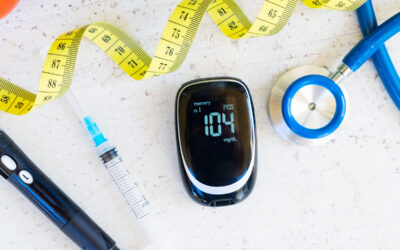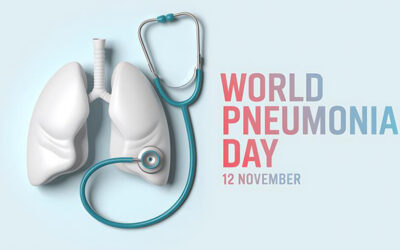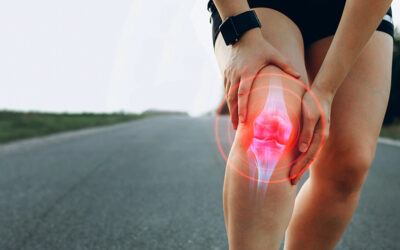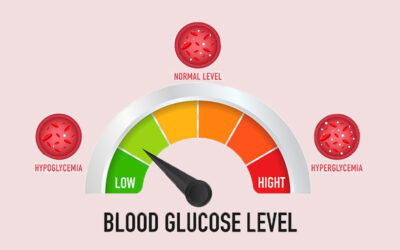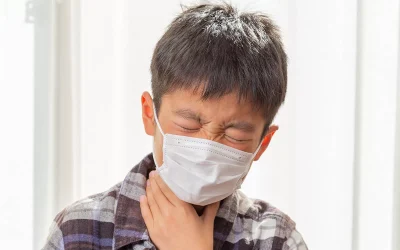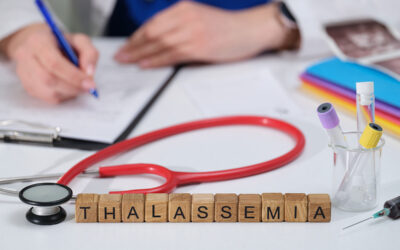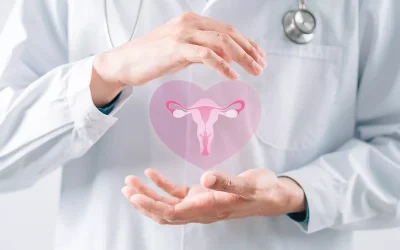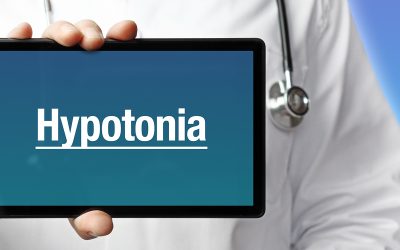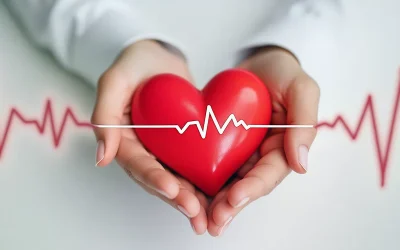World Osteoporosis Day 2025: Building a Future with Stronger Bones
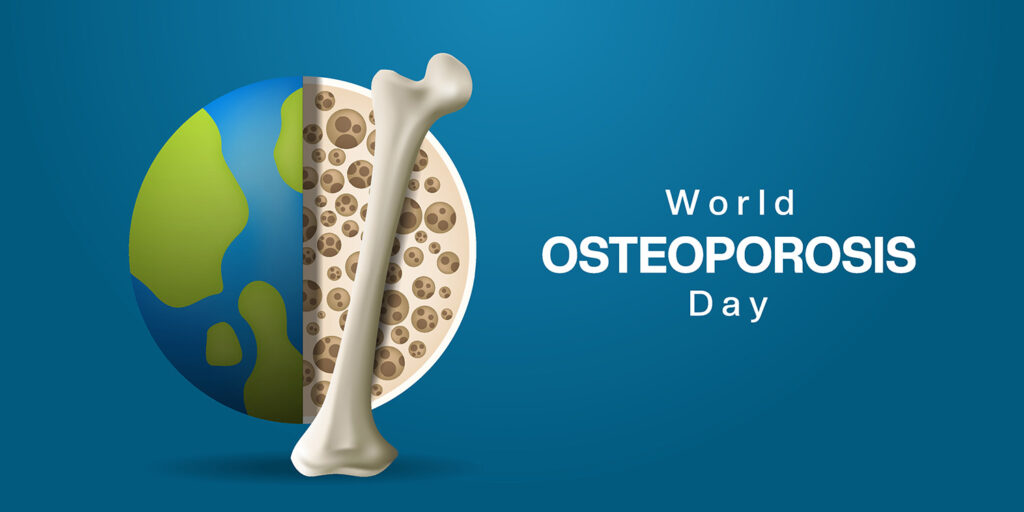
Osteoporosis, often referred to as a “silent” condition that weakens bones and increases the risk of fractures, even from minor falls or everyday movements. It is a major public health concern around the world, but in India, the problem carries an added dimension. Despite being a young nation, osteoporosis and low bone density often occur 10–20 years earlier in Indians compared to Western populations. Factors such as low dietary calcium intake, widespread vitamin D deficiency, and sedentary lifestyles have contributed to the rising number of osteoporosis cases in India, leaving many with fragile bones and a higher risk of fractures.
To address this growing concern, World Osteoporosis Day is observed every year on the 20th of October, highlighting the importance of bone health, encouraging preventive action, and calling for early diagnosis to reduce the burden of osteoporosis-related fractures. In this article, we explore World Osteoporosis Day 2025 in detail, along with preventive measures, key dietary recommendations and treatment options for managing osteoporosis.
Table of Contents
ToggleHistory and Significance of World Osteoporosis Day
World Osteoporosis Day is observed every year on 20th October to raise awareness about osteoporosis, its complications, and the steps needed to maintain bone health. The day was first launched in 1996 by the United Kingdom’s National Osteoporosis Society, with support from the European Commission. Since then, it has been led by the International Osteoporosis Foundation (IOF) and has grown into a global movement, with campaigns and events organised in more than 90 countries.
The significance of this day lies in drawing attention to osteoporosis as a largely preventable yet undertreated condition. It reminds communities, healthcare providers, and policymakers about the urgent need for:
- Education: Helping people understand the importance of nutrition, exercise, and lifestyle choices for strong bones.
- Prevention: Encouraging regular screenings, calcium and vitamin D intake, and early interventions.
- Care and Policy Action: Highlighting the treatment gap where up to 80% of patients with fractures do not receive follow-up care.
By observing this day, societies worldwide reinforce the message that bone health should be a priority at all stages of life, from building strong bones in youth to protecting against fractures in old age.
What is Osteoporosis?
Osteoporosis is a condition in which bones become weak, brittle, and more likely to fracture. The word literally means “porous bone,” describing how the structure of bone becomes thin and fragile over time. A person with osteoporosis may suffer fractures from minor incidents such as a small fall, lifting a light object, or even a sudden movement like coughing or sneezing.
Worldwide, osteoporosis is one of the leading causes of disability in older adults, but in India it often develops at a younger age due to nutritional deficiencies and lifestyle factors. Women after menopause, people with family history of fractures, and those with conditions such as blood disorders or who have undergone bariatric surgery are at particular risk.
Left untreated, osteoporosis can lead to chronic pain, reduced mobility, and a significant decline in quality of life. Early diagnosis and preventive strategies, however, can help in maintaining strong bones and reducing fracture risk.
Risk Factors for Osteoporosis
Osteoporosis develops gradually and is influenced by a combination of genetic, medical, and lifestyle factors. Common risk factors include:
- Age and Gender: Women after menopause and men over 50 face a higher risk due to hormonal changes and natural bone loss with age.
- Family History: A family history of osteoporosis or fractures increases susceptibility.
- Nutritional Deficiencies: Low intake of calcium, vitamin D, and protein contributes to weaker bones.
- Lifestyle Habits: Smoking, excessive alcohol intake, and lack of physical activity accelerate bone loss.
- Medical Conditions: Blood disorders, thyroid imbalances, and chronic illnesses may interfere with bone strength.
- Hormonal imbalance: premature deficiency of estrogen and testosterone .
- Medications and Surgery: Long-term use of steroids and procedures such as bariatric surgery can reduce bone density.
Theme and Slogan for World Osteoporosis Day 2025
Each year, World Osteoporosis Day highlights a campaign theme to raise awareness and inspire action. The theme for 2025 is “It’s Unacceptable!”, focusing on the urgent need to address the treatment gap in osteoporosis care. Despite effective diagnostic tools and therapies being available, nearly 80% of patients who suffer fragility fractures never receive follow-up diagnosis or treatment. This neglect leads to repeated fractures, long-term disability, and reduced quality of life. The campaign calls upon healthcare providers, policymakers, and communities to prioritise bone health, close the care gap, and ensure timely treatment for those at risk.
Alongside the theme, the official slogans reinforce the global message. Slogans for the World Osteoporosis Day 2025 are:
- “Step Up for Bone Health”: Encouraging individuals to take proactive steps towards prevention.
- “Say No to Fragile Bones”: Highlighting the need to prevent fractures and their consequences.
- “Build Better Bones”: emphasising lifelong care, from childhood to old age.
Together, the theme and slogans aim to inspire a united call for stronger bones and healthier lives.
What are the Common Symptoms of Osteoporosis?
Osteoporosis is often called a “silent” condition because it develops without obvious signs until a fracture occurs. However, certain symptoms may indicate weakened bones and should not be ignored. Symptoms such as:
- Back Pain: Persistent pain, often caused by fractured or collapsed vertebrae.
- Loss of Height: Gradual reduction in height due to spinal bone changes.
- Stooped or Hunched Posture: Also known as kyphosis, caused by weakened vertebrae.
- Frequent Fractures: Fractures occurring from minor falls or everyday movements.
- Shortness of Breath: Severe spinal changes can reduce lung capacity, leading to breathing difficulty.
Recognising these symptoms early and consulting a specialist can help in the timely diagnosis and effective management of osteoporosis.
How Can Osteoporosis be Prevented?
While osteoporosis cannot always be completely avoided, several preventive measures can significantly reduce the risk of bone loss and fractures. Building strong bones early in life and maintaining them throughout adulthood is key.
- Importance of Calcium and Vitamin D: Adequate calcium intake through milk, paneer, ragi, and leafy vegetables supports bone density, while vitamin D from safe sun exposure and fortified foods helps the body absorb calcium effectively.
- Exercises for Bone Strength: Weight-bearing activities such as brisk walking, jogging, dancing, and resistance training improve bone density and muscle support. Balance and flexibility exercises like yoga also reduce fall risk.
- Lifestyle Changes for Healthy Bones: Avoiding smoking, limiting alcohol consumption, maintaining a healthy weight, and ensuring adequate sleep all play a role in keeping bones strong.
What are the Best Foods for Preventing Osteoporosis?
Diet plays a central role in maintaining bone health, and choosing the right foods can help reduce the risk of osteoporosis. A balanced meal plan rich in calcium, vitamin D, protein, and other nutrients supports stronger bones throughout life.
- Calcium-Rich Foods: Dairy products such as milk, curd, buttermilk, and paneer are traditional staples that provide easily absorbed calcium. Whole grains like ragi (finger millet), bajra (pearl millet), and amaranth are also excellent options. Sesame seeds (til), almonds, and green leafy vegetables such as spinach, fenugreek (methi), and drumstick leaves add further variety.
- Vitamin D Sources: Safe sunlight exposure remains the most natural way of maintaining vitamin D levels. In food, fortified cereals and dairy products, mushrooms, eggs, and fatty fish such as salmon and sardines are good sources. Cod liver oil is another concentrated source of vitamin D.
- Foods to Avoid: Excess salt can lead to calcium loss from the body. Carbonated and caffeinated drinks, heavily processed foods, and refined sugar products interfere with calcium absorption and weaken bones over time. Limiting red meat and fried snacks also supports better bone health.
How is Osteoporosis Diagnosed and Treated?
Osteoporosis often remains undetected until a fracture occurs, which makes early screening and diagnosis crucial. Doctors use a combination of clinical evaluation, imaging, and laboratory tests to assess bone health, such as:
- Bone Density Tests and Screenings: A dual-energy X-ray absorptiometry (DEXA) scan is the most widely used test to measure bone mineral density and identify osteoporosis at an early stage. Blood tests may also be advised to check calcium, vitamin D, and other markers related to bone health.
- Exercises for Bone Strength: Along with medical care, physiotherapy and weight-bearing exercises help in improving balance, strengthening muscles, and maintaining bone density. Activities such as walking, yoga, and light resistance training are often recommended.
- Medical and Advanced Care: Treatment may include calcium and vitamin D supplementation, hormone therapy for postmenopausal women, or prescribed medications to reduce bone loss and prevent fractures. In advanced cases, surgical options may be considered to stabilise or repair fractures.
Why is Early Detection of Osteoporosis Important?
Osteoporosis progresses silently, often without noticeable symptoms until a fracture occurs. By the time a fracture happens, bone loss is usually advanced, making treatment more complex. Early detection through routine screenings and risk assessment offers several benefits:
- Prevention of Fractures: Identifying low bone density early helps in initiating treatment and lifestyle changes that lower fracture risk.
- Better Quality of Life: Stronger bones mean reduced pain, improved mobility, and the ability to remain independent for longer.
- Reduced Healthcare Burden: Preventing fractures lowers hospital admissions, rehabilitation needs, and long-term disability.
- Targeted Care: Early diagnosis allows doctors to create personalised treatment plans, including medications, dietary advice, and physiotherapy.
- Precision treatment: now available for managing osteoporosis and long term fracture reduction .
How is World Osteoporosis Day Observed Globally and in India?
World Osteoporosis Day on 20th October is marked through awareness drives, educational campaigns, and community events across the globe. The International Osteoporosis Foundation (IOF) leads the campaign, providing toolkits, posters, and digital resources that are shared worldwide to spread the message of bone health. Social media movements under hashtags such as #WorldOsteoporosisDay and #StepUpForBoneHealth engage younger audiences and encourage proactive measures for prevention.
In India, the day is observed through a range of initiatives, including:
- Free Screening Camps: Hospitals and health centres organise bone density tests and awareness sessions for early diagnosis.
- Educational Seminars: Experts discuss prevention strategies, nutrition, and exercises to maintain bone health.
- Community Outreach: Public talks, workshops, and fitness demonstrations promote practical ways to prevent fractures.
- Hospital-Led Events: Special campaigns highlight the role of orthopaedic doctors, physiotherapists, and nutritionists in preventing and managing osteoporosis.
These activities together create a stronger voice for bone health, ensuring that osteoporosis prevention and care become a shared responsibility among individuals, families, and healthcare systems.
Why Choose Graphic Era Hospital for Osteoporosis Care in Dehradun?
At Graphic Era Hospital, osteoporosis care is designed to combine accurate diagnosis, advanced treatment, and long-term support. The hospital focuses on both prevention and management, ensuring patients receive comprehensive care tailored to their needs.
- Experienced Endocrinology team: A team of skilled endocrine doctors and bone health experts provide personalised care, from routine screenings to fracture management and advanced treatments.
- Advanced Technology and Minimally Invasive Procedures: The hospital is equipped with modern imaging, bone density testing, and minimally invasive surgical techniques to ensure accurate diagnosis and effective treatment.
- Comprehensive Rehabilitation and Personalised Care: Physiotherapy, dietary counselling, and rehabilitation programmes are offered to help patients rebuild strength, improve mobility, and maintain long-term bone health.
Final Word: Building a Future with Stronger Bones
Osteoporosis is a growing concern that often remains unnoticed until it leads to painful and disabling fractures. World Osteoporosis Day 2025 serves as a reminder that bone health should never be neglected and that prevention, early diagnosis, and timely treatment can make a lasting difference. At Graphic Era Hospital, Dehradun, our team of specialists offers advanced diagnostic tools and personalised care designed to strengthen bones and restore confidence in daily life. To book a consultation with our orthopaedic doctor, call us at 1800-889-7351, and we will guide you through every step of your care.
Frequently Asked Questions (FAQs)
How is osteoporosis diagnosed?
Doctors use bone density scans (DEXA), blood tests for calcium and vitamin D, and risk assessments to diagnose osteoporosis.
When should I see an osteoporosis specialist near me?
If there are persistent symptoms such as back pain, repeated fractures, or family history of osteoporosis, it is advisable to consult an osteoporosis specialist without delay.
What treatments are available for osteoporosis in Dehradun?
Can osteoporosis be reversed with proper treatment?
Osteoporosis cannot be fully reversed, but with treatment and lifestyle changes, bone density can be improved, and the risk of fractures significantly reduced.
How is World Osteoporosis Day observed globally?
The day is marked by awareness campaigns, free screening camps, social media drives, hospital events, and community outreach programmes across the world, including in India.
How can I find an osteoporosis specialist near me in Dehradun?
At Graphic Era Hospital, Dehradun, experienced orthopaedic specialists provide comprehensive care for osteoporosis, from early diagnosis with bone density scans to personalised treatment plans. Booking a consultation is simple, just call 1800-889-7351, and the hospital team will guide you through the process.
When is World Osteoporosis Day 2025 observed?
World Osteoporosis Day is observed on 20th October 2025 to raise global awareness about bone health and osteoporosis prevention.
What is the theme for World Osteoporosis Day 2025?
The theme for 2025 is “It’s Unacceptable!”, focusing on closing the care gap where most patients with fractures remain untreated.
What are the early signs of osteoporosis?
Early signs include back pain, loss of height, a hunched posture, and frequent fractures from minor injuries.
How can I prevent osteoporosis naturally?
Prevention includes eating a calcium and vitamin D-rich diet, engaging in weight-bearing exercises, avoiding smoking, limiting alcohol, and maintaining a healthy weight.
Which foods are best for bone strength?
Calcium-rich foods such as milk, curd, paneer, ragi, sesame seeds, almonds, and leafy vegetables, along with vitamin D sources like mushrooms, eggs, and fish, are beneficial for bone strength.
What exercises help in preventing osteoporosis?
Weight-bearing exercises such as brisk walking, jogging, stair climbing, yoga, and resistance training are effective in strengthening bones and reducing fracture risk.
Who is most at risk of osteoporosis?
Women after menopause, men over 50, those with a family history of fractures, people with vitamin D deficiency, and individuals with chronic illnesses are at higher risk.
By Specialities
- Bariatric Surgery
- Cancer Care
- Cardiology
- Dental
- Dermatology
- Diabetes & Endocrinology
- Endocrinology and Diabetes
- ENT (Ear Nose Throat)
- Eye Care
- Gastroenterology
- Haematology
- Health Care
- Health Tips
- Hematology
- Hepatology
- Internal Medicine
- Mental Health and Behavioural Sciences
- Metabolic
- Neonatology
- Nephrology
- Neurology
- Nutrition & Dietetics
- Obstetrics & Gynaecology
- Oncology
- Ophthalmology
- Orthopaedics
- Paediatric
- Physiotherapy & Rehabilitation
- Plastic and Reconstructive Surgery
- Psychology
- Pulmonology
- Rheumatology
- Spine
- Urology
Recent Posts
- Fatty Liver & Indian Diets: The Carbohydrate Connection
- Nutrition for Diabetes: What to Eat and What to Avoid
- World Diabetes Day 2025: Envisioning a Diabetes-Free World
- The Protein Gap in Indian Diets: How Excess Carbs Lead to Pot Belly and Poor Metabolism
- World Pneumonia Day 2025: A Global Fight Against a Preventable and Treatable Disease
Need expert medical advice?
Share your details and our healthcare specialists will reach out to assist you.
By proceeding, you acknowledge and agree to our Privacy Policy, Terms of Use, and Disclaimer.

